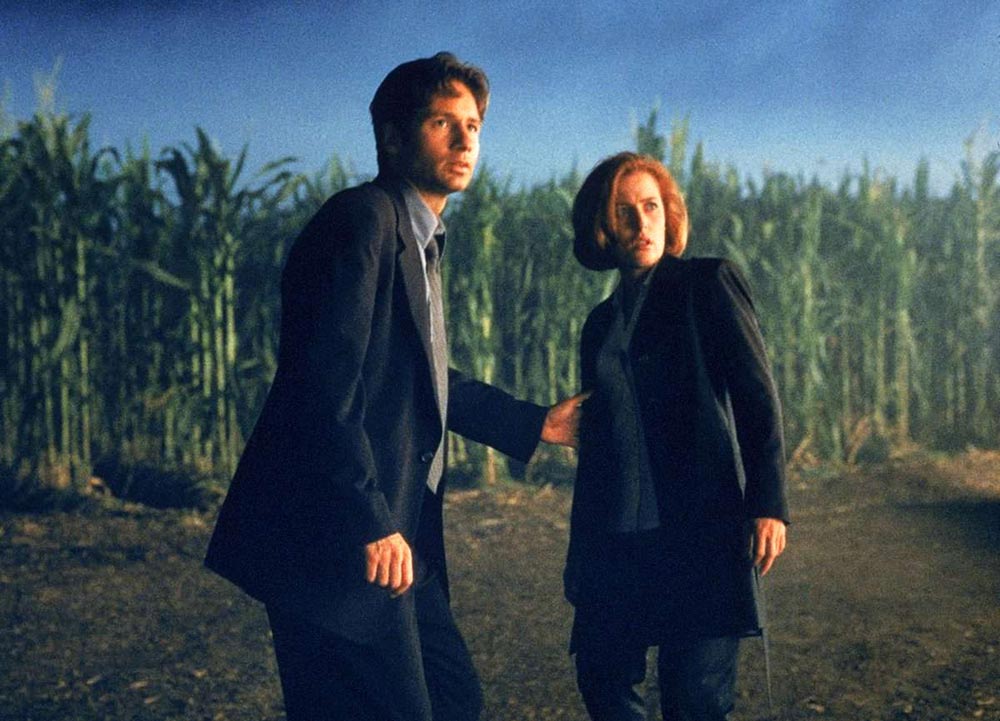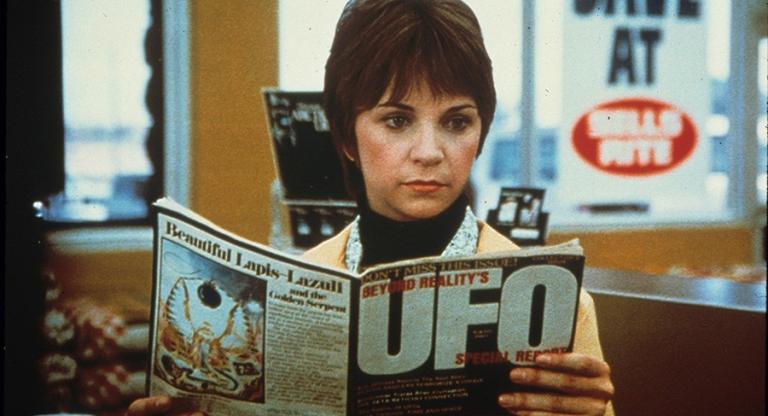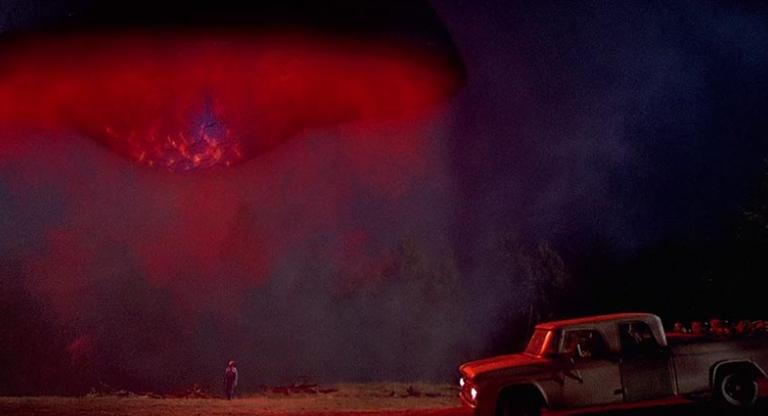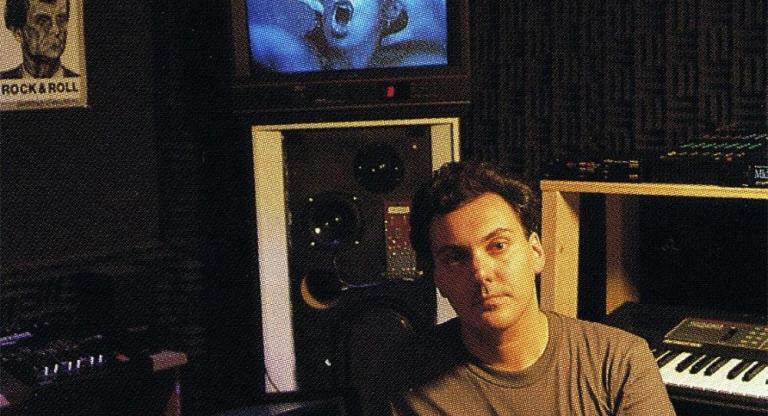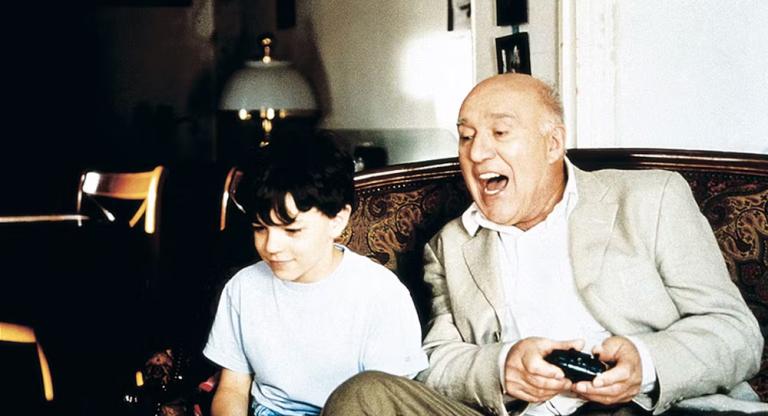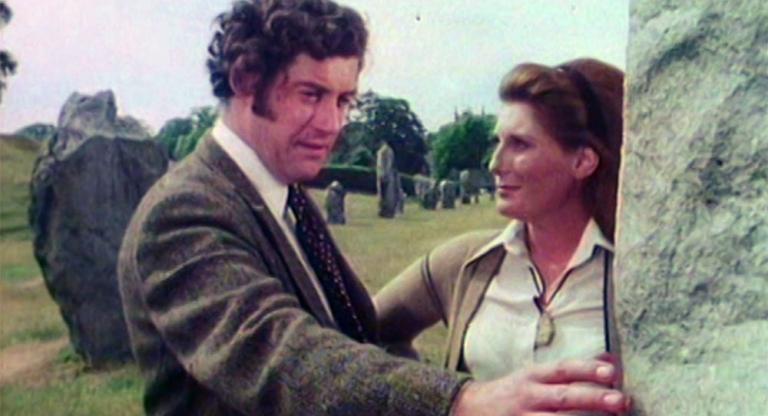I watched the first few seasons of The X-Files as a grade schooler in Helsinki in the mid-1990s (the series made its way to Finland with a two-year delay) and saw the first feature associated with the franchise, The X-Files: Fight the Future, when it was theatrically released in 1998. I collected the Topps trading cards and the middle-grade novelizations, played the point-and-click PC game, and indulged in Mulder/Scully shipping fantasies well before I knew what that word meant. My obsession waned when a dispute between David Duchovny and 20th Century Fox led to the former leaving the cast and being replaced by Robert Patrick in Season 8. I paid no attention to the later seasons, the 2008 movie, or the 2018 reboot; as a result, I’ve been only vaguely aware of the show’s continually dedicated fandom through occasional sightings of an “I Want to Believe” fridge magnet.
In my fuzzy recollection, The X-Files melted into the giant agglutination of prestige television that it prefigured. This impression isn’t totally wrong; Vince Gilligan, a writer and producer on the series who would go on to create Breaking Bad, described The X-Files as “the first show that truly approached the look of the TV show itself in terms of cinema, in terms of . . . ‘How much can we make this look like not just a movie but a really wonderfully shot movie?’” But as I recently revisited the show I saw just how goofy it was, way less brooding and mannered than I had remembered.
This holds equally for Fight the Future. Thanks to the special make-up effects and puppetry of Alec Gillis and Tom Woodruff Jr.’s Amalgamated Dynamics, the company responsible for exceptional creature effects from Tremors (1990) to Alien vs. Predator (2004), Fight the Future is a creature feature through and through. In the film’s first moments, two Cro-Magnons in 35,000 BC discover a gestating alien in an ice cavern. With their problematic brow and nose prosthetics, the cave men bear a striking resemblance to make-up artist Shane Mahan’s beast folk in The Island of Dr. Moreau (1996) —not a coincidence, since Mahan, Gillis, and Woodruff are all alumni of Stan Winston’s legendary School of Character Arts. When the aliens appear—all fangs, claws, and slimy membranes—their knuckly, ribby textures are equally reminiscent of the work of make-up effects savants Rob Bottin and Screaming Mad George. Independence Day (1996) is also an obvious influence, the Antarctic alien spacecraft that Mulder and Scully uncover bearing a striking resemblance to that film's iconic mothership. Easter egg: when Mulder first meets the self-published author and discredited gynecologist Alvin Kurtzweil (Martin Landau)—likely based, at least in part, on conspiracy theorist William Cooper—he is in an alleyway pissing on an Independence Day poster. Landau is not the only notable guest star; Armin Mueller-Stahl plays the chieftain of the world-running deep state cabal, and a pre-Fast saga Lucas Black plays the first victim of the ancient extraterrestrial virus.
Much ink has been spilled on the historical and political context that The X-Files harnessed: the widespread post-Watergate distrust of the government; the rise of the right-wing militia movement in the wake of the sieges at Waco and Ruby Ridge, events that are explicitly referenced in the film; the increasing mainstream visibility of ufology; the 1991 publication of William Cooper’s paranoiac bestseller Behold a Pale Horse, described as “one of the most-shoplifted books in Barnes & Noble history” by writer Mark Jacobson, who will be introducing tonight’s screening; the Oklahoma City bombing, which Timothy McVeigh was reportedly inspired to perpetrate by William Cooper’s writings, etc. As fringe-culture historian Aaron Gulyas puts it, The X-Files “came to represent the fin de siècle ennui and paranoia perceived to be emblematic of the 1990s.” Certainly Mulder’s charming Nokia 6110 is an unmistakable aesthetic talisman of 1998, but with trust in the government steadily declining (a Pew poll from this past June reveals that only 21% of Americans feel that they can trust the government “at least most of the time”), a new -gate scandal every week, and the Pentagon’s public acknowledgment of the existence of an Unidentified Aerial Phenomena Task Force, there’s no reason why The X-Files couldn’t be as emblematic of the early 21st century.
The X-Files: Fight the Future screens this evening, November 6, and on November 12, at Anthology Film Archives on 35mm as part of the series “Watch the Skies: Ufology on Screen,” presented by Screen Slate. It will be preceded by Peggy Ahwesh’s Heaven’s Gate (2000-2001). Mark Jacobson, author of Pale Horse Rider: William Cooper, the Rise of Conspiracy, and the Fall of Trust in America, will introduce tonight’s screening.
